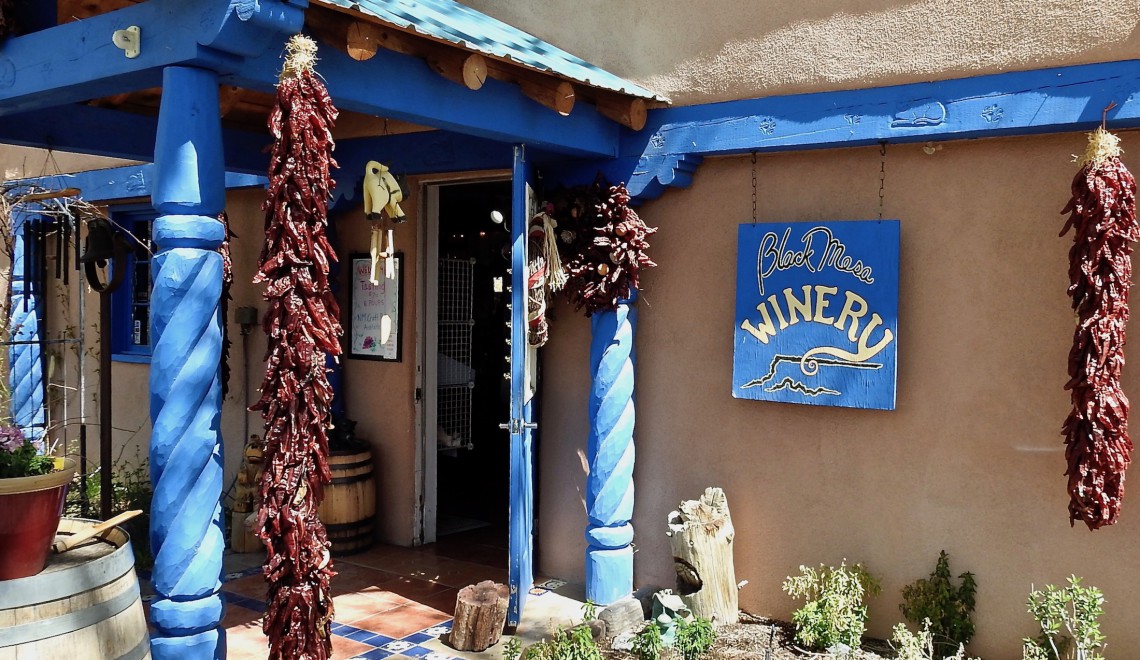Less than 30 minutes from the heart of Santa Fe, NM, is Dream Catcher Ranchito. Owner, Mary Ann Andrews, invited me to the ranchito to watch the shearing of seven of her Alpacas.
The Alpaca’s front and rear legs have to be restrained before any shearing begins so they don’t try to get up or move and accidentally get injured while being sheared. They don’t particularly like being restrained; but, they are calm as the shearer gently begins his work. They seem to understand that getting that winter coat off is a good thing.
First….A Pedi and a Mani
Before the shearer begins, he clips the Alpaca’s toenails. No polish and certainly not “gel”….just a clipping.
Why is this important? Alpacas use their legs for defense, to kick or run away from danger. If the Alpaca is on hard surfaces, like rocks, the nails will naturally get worn down. But, Alpacas kept in a pen on soft dirt, grow nails all their life, just like humans. If the nails get too long, they will curl under and damage the soft pads of their feet. Thus….the need for a pedi + mani. The clipping of the nails doesn’t hurt and can be done with a heavy-duty hand clipper. Think about clipping your nails. Same principle.
Next….the Side Shear
Once the nails are clipped, it’s time for the BIG stuff, the sides of the Alpaca. Notice in this video the long, smooth strokes the shearer makes. The fiber is soft, silky and comes off in sheets.
After shearing one side of the Alpaca, the animal is flipped over to the other side to be sheared.
While the Alpaca is sheared, Mary Ann and her assistant bag the fiber to ready it for sale. In this photo, this is only the partial product of one shearing. Alpaca fiber fetches between $3 to $5/ounce on the market.

Mary Ann Andrews, owner of Dream Catcher Ranchito, and her assistant bag the fiber from the shearing of an Alpaca.
Now…for the legs
The shearer gingerly takes each leg and removes the wool-like fiber. As the weather begins to warm in northern New Mexico, the animals are much healthier not wearing their warm winter coats.
Finally…a head shave
Llamas and Alpacas are different in the amount of hair on their heads. Llamas have more facial hair, while Alpacas are more bare faced. In the photo below, the assistant holds the ears, which are more pointed than a llama’s “banana shaped ears,” while the shearer gently denudes the face and head.
This is a different angle of the face being sheared:

The shearer must be extremely careful with the face area so not to injure the alpaca’s eyes or ears.
Watching the shearing was a new experience for me. The shearers are professional, caring and fast at what they do. I was impressed.
Click this link to Dream Catcher Ranchito’s website for additional information.
About the Author:
In 2010, Annie Coburn created FAB Senior Travel, a blog for mature and adventurous travelers. Her blog features travel articles from contributors as well as her own travels. Annie has published five travel books targeting the greatest cities on earth: Walk Paris, Walk Beijing, Walk London, Walk NYC, and Ellie’s Grand Adventure. She recently spent seven-months living and traveling in South America.
You are invited to subscribe:
Website: http://18.189.245.79





